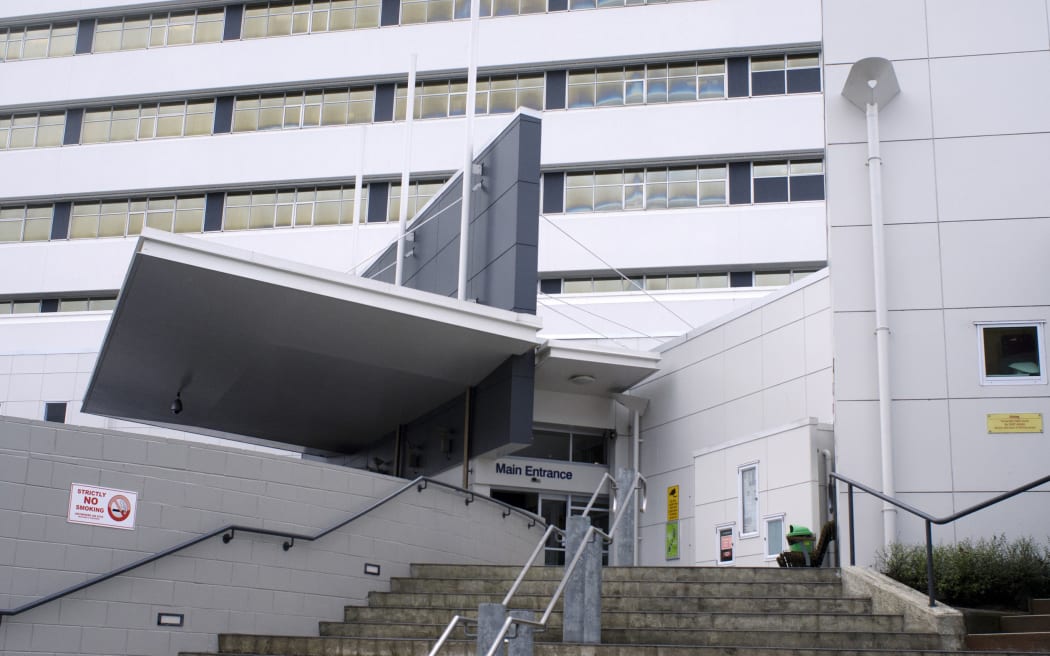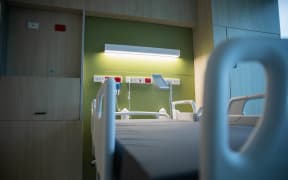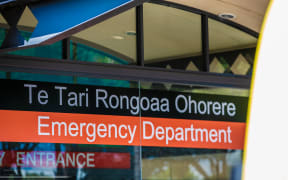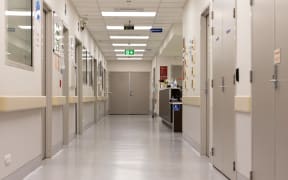
The senior doctors' union, the Association of Salaried Medical Specialists, says doctors are dismayed and frustrated by the changes. Photo: rafaelbenari/123RF
Patients are being double-bunked in single rooms and waiting in corridor beds at an Auckland emergency department which fought for years to stop that happening.
North Shore Hospital's emergency department (ED) had been one of the few to successfully maintain a policy of patients not being treated in corridors - and was even architecturally designed to make that very difficult to do.
Before now, spillover patients were housed in the waiting room or in the ambulance bay, which had sparked safety concerns from nurses.
But staff said the ED had become so busy, corridors were now back in play.
Every available space was being used to house patients, including procedure and plastering rooms.
Some patients were going two to a single room, with a portable screen moved in when privacy was needed.
Te Whatu Ora's emergency department clinical director for Waitematā, Dr Kate Allan, told Morning Report the alternative to having patients in corridors was to leave them in the ambulance bay.
"What we were doing prior to that is our patients were backing up in the ambulance bay and spending several hours in there.
"We don't turn people away who present to emergency departments and if they need to be in a bed we need to bring them in so we can see them. The alternative to that is actually having them backing up in the ambulance bay or backing up in ambulances."
Allan said they were doing the best they could for patients, and a lot of focus was going on managing the flow of people through hospitals.
"This is not a North Shore problem, this is national problem and indeed it's an international problem, and the solutions are complex."
She said they were prepared for the winter flu season. "People are sicker in winter and we have to be able to manage them and we will do the best we can for those patients."
People who were sick or injured should still go to hospital, Allan said. "We don't want to put people off coming to see us."
Busy times
The senior doctors' union, the Association of Salaried Medical Specialists, said doctors were dismayed and frustrated.
Executive director Sarah Dalton said they felt the changes were a backward step.
"It's causing risk in terms of compromising quality care and it causes risk in terms of proximity of patients, staff and whānau to each other, which is a contributing factor to uncivil behaviour and potential violence," she said.
Health NZ northern region hospital and specialist services director Mark Shepherd said there were times when ED were busier than usual, and that could be exacerbated by various factors including workforce shortages, staff absences, and high occupancy across hospitals.
"This is something all EDs across the country are experiencing at the moment, not just North Shore Hospital, and we are doing everything we can to address this."
Using these spaces in the ED to accommodate higher than usual number of patients meant they could be "seen in a more timely manner" while freeing ambulance crews to return to their duty, Shepherd said.
"It also ensures they are in an environment where they are more visible to clinicians."
As for privacy, he said this was always front of mind but acknowledged it was a challenge.
"New patients who are yet to be assessed are seen to in a curtained bed space while patients who are stable and waiting for transfer are able to be moved to a shared space.
"It's also important to acknowledge that we will never turn anyone away from ED so we have to manage every patient that walks through the ED door the best way that we can."
After a critical Health and Disability Commissioner inquiry in 2008, the North Shore emergency department was redesigned in a way to physically discourage the use of corridors as waiting spaces.
That meant much of the hallway space was relatively narrow so now some corridor patients were waiting about a metre from staff working on computers.
When the emergency department was overflowing, it was usually because the hospital was too full to take ED patients who needed to move to a ward, meaning the number of people in beds started to build up.







